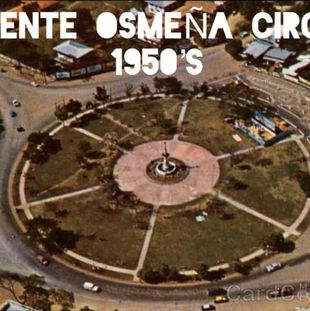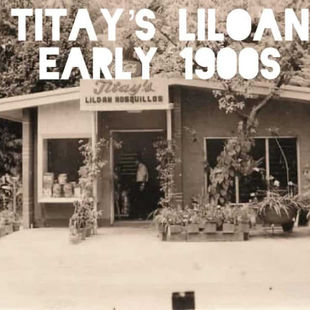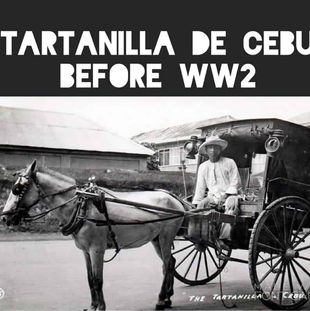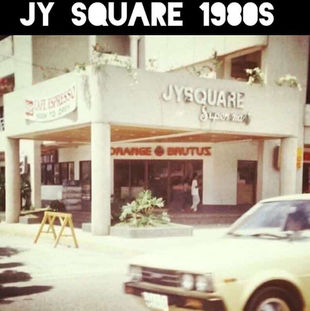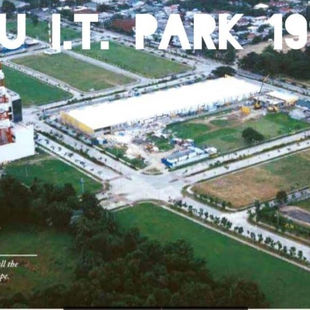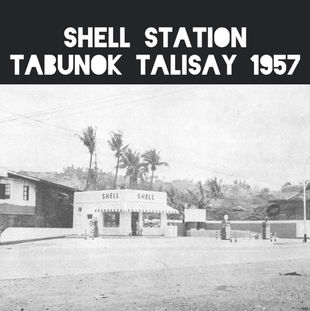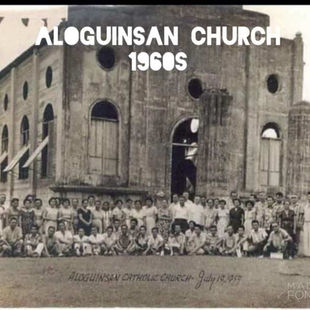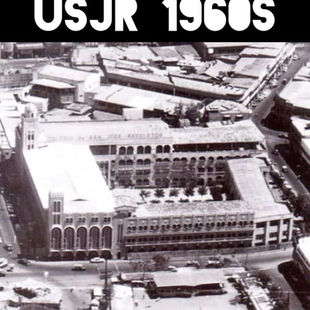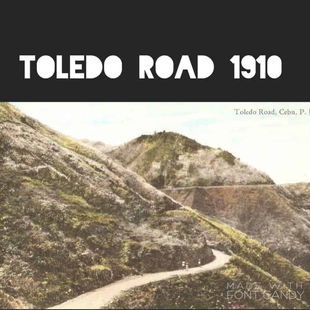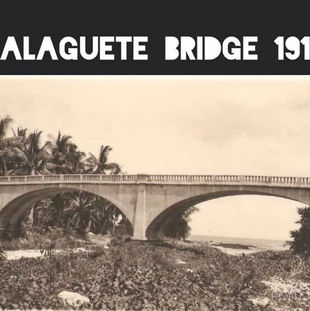SINIBUAYNG HINGPIT
"a shortened form which means the place for trading"
History of Cebu
Cebu is a province in the Philippines consisting of Cebu Island and many other surrounding islands. Its name’s derivation has many alternative interpretations but according to history, it was derived from the word “Sibu” which means “trade”. During the reign of Rajah Humabon, the island became an important trading center where various products were being bartered like agricultural products, precious stones, perfumes, etc. Its harbors have become known vernacularly as “Sinibuayng Hingpit” which means “the place for trading” which later was shortened to "Sibu" from which the modern name “Cebu” came from.
It was known to be a fishing village before the Spaniards came but became industrialized through the years. It is now one of the most developed provinces in the Philippines, with Cebu City as the center of commerce and industry.
General Information










